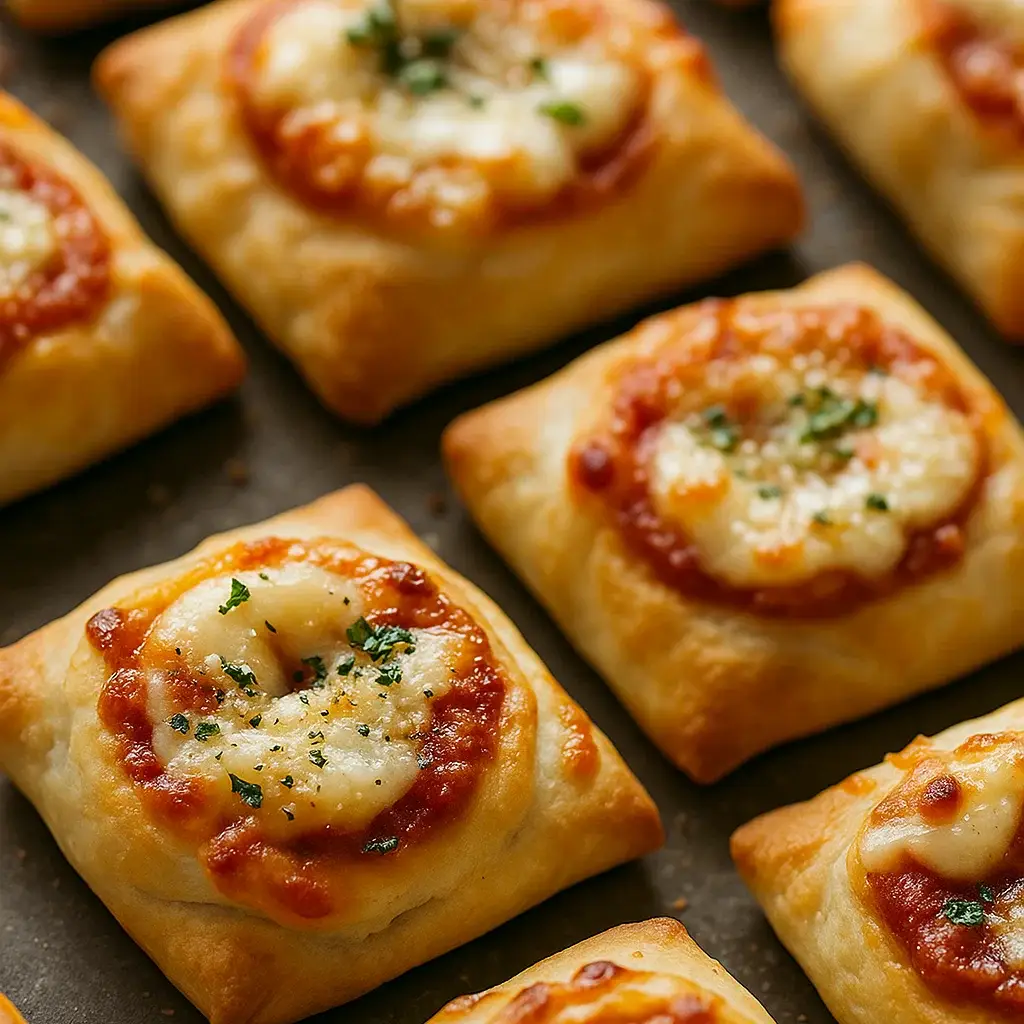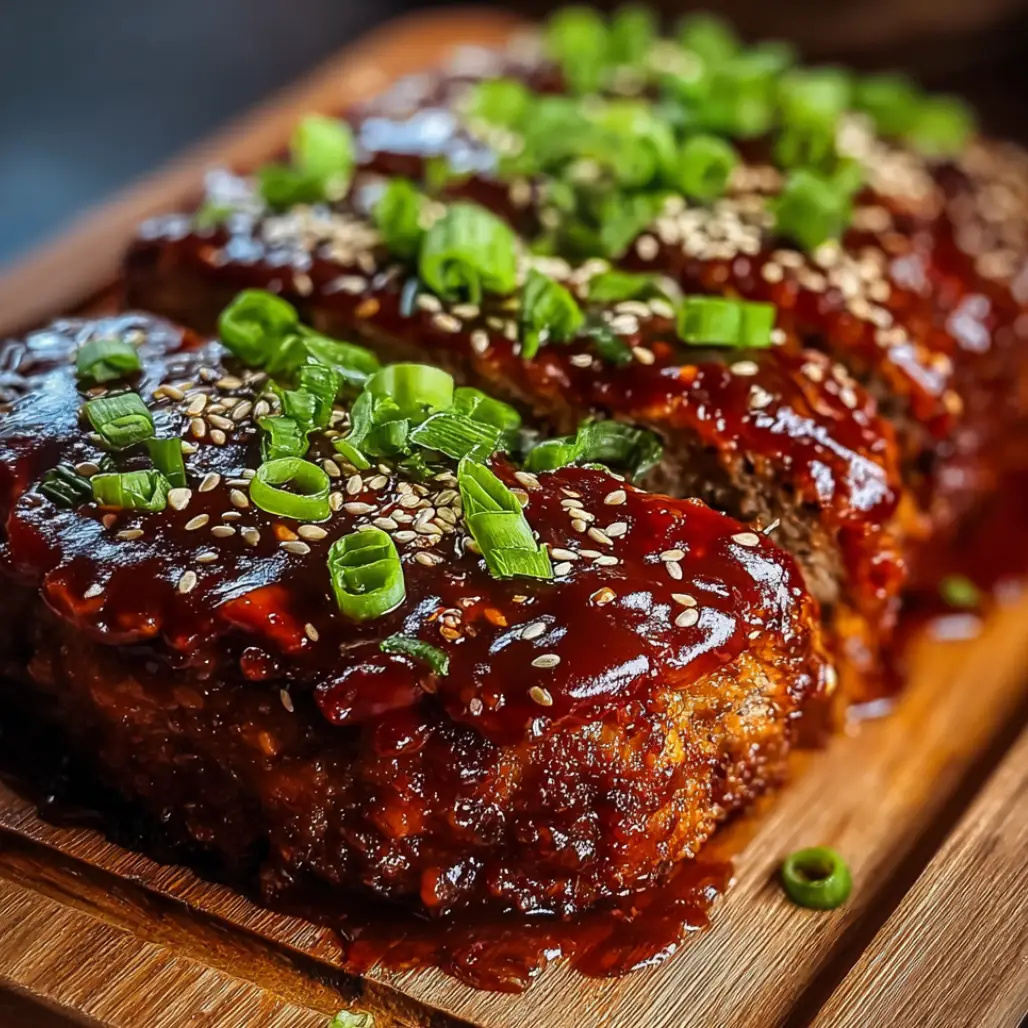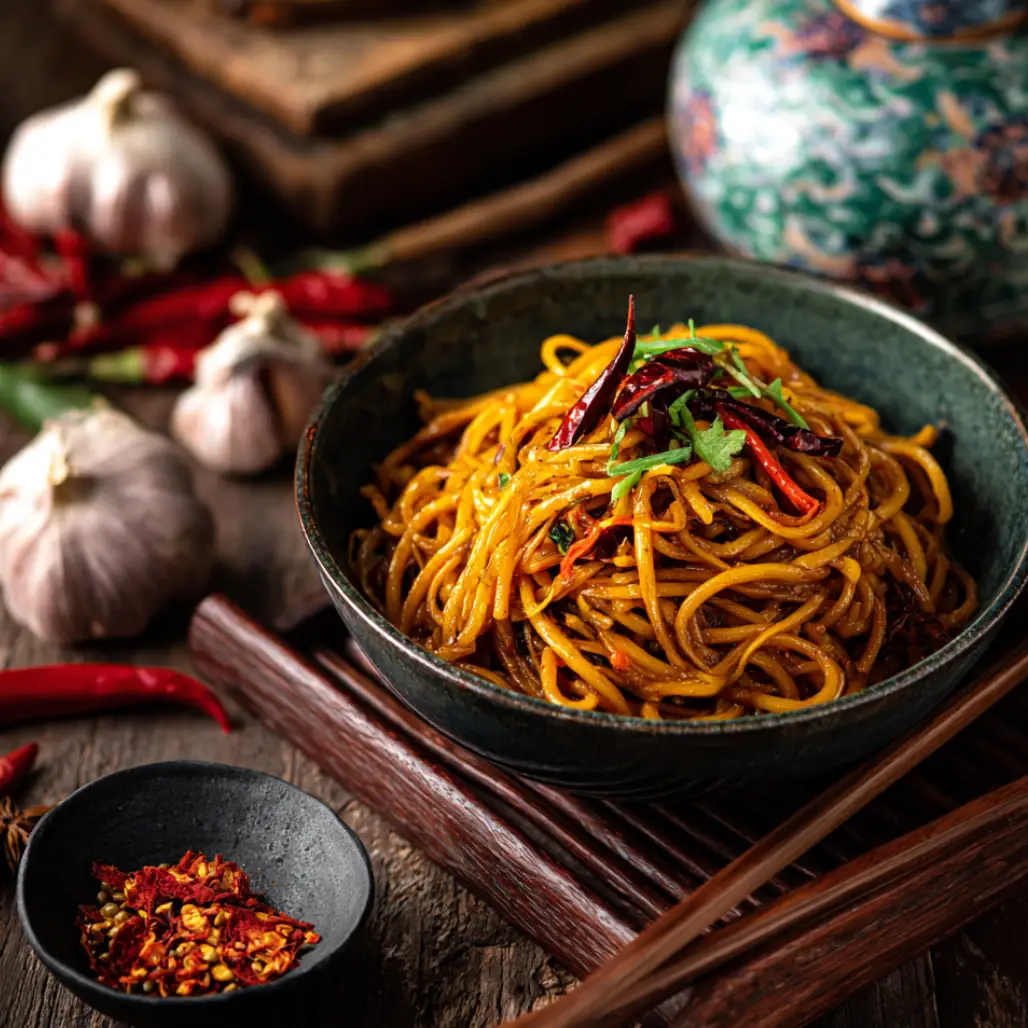| Prep Time | Cook Time | Total Time | Serves |
|---|---|---|---|
| 20 minutes | 15 minutes | 35 minutes | 12 |
When comfort food meets creativity, the result is these extraordinary homemade pizza rolls that transform ordinary pizza ingredients into bite-sized bundles of pure deliciousness because this recipe captures all the beloved flavors of traditional pizza while delivering them in a fun, handheld format that appeals to both kids and adults alike. These golden, crispy rolls bring together melted mozzarella cheese, savory pepperoni, and tangy pizza sauce wrapped in tender, homemade dough that bakes to perfection because every bite delivers the satisfying combination of textures and flavors that makes pizza universally loved while adding the excitement of a completely new presentation that transforms ordinary dinner into something special and memorable.
Why These Homemade Pizza Rolls Will Revolutionize Your Snack Game
These homemade pizza rolls stand apart from store-bought alternatives because they deliver authentic, fresh flavors through quality ingredients and proper technique, proving that homemade doesn’t have to mean complicated when you understand the fundamental principles behind great pizza-making adapted to this innovative format. The genius of this recipe lies in its ability to concentrate all the essential pizza elements into perfectly portioned packages that cook evenly and consistently because the dough-to-filling ratio has been carefully calibrated to ensure every roll achieves the ideal balance of crispy exterior and melted, flavorful interior.
The convenience factor cannot be overstated when considering how these homemade pizza rolls address multiple mealtime challenges simultaneously because they work equally well as appetizers for entertaining, quick lunch solutions for busy weekdays, or satisfying after-school snacks that provide genuine nutrition rather than empty calories. The make-ahead friendly nature of this recipe allows you to prepare large batches for freezing, creating a stockpile of homemade convenience foods that rival any commercial alternative while delivering superior taste and nutritional value.
What sets these homemade pizza rolls apart from other appetizer recipes is their incredible versatility and universal appeal because the basic technique adapts beautifully to countless flavor combinations while maintaining the essential characteristics that make them so satisfying and craveable. The dough develops wonderful texture and flavor through proper mixing and rising, while the filling combinations can be customized to accommodate dietary preferences, seasonal ingredients, or simply personal taste preferences without compromising the fundamental appeal that makes these rolls so irresistible.
Complete Ingredients List
For the Pizza Dough:
- 3 cups all-purpose flour
- 1 packet (2 1/4 teaspoons) active dry yeast
- 1 teaspoon granulated sugar
- 1 teaspoon salt
- 1 teaspoon dried oregano
- 1/2 teaspoon garlic powder
- 1 cup warm water (110°F)
- 2 tablespoons olive oil
For the Filling:
- 1/2 cup pizza sauce (plus extra for dipping)
- 2 cups shredded mozzarella cheese
- 1/4 cup grated Parmesan cheese
- 4 ounces pepperoni, diced
- 1/2 teaspoon Italian seasoning
- 1/4 teaspoon red pepper flakes (optional)
For the Topping:
- 3 tablespoons melted butter
- 2 garlic cloves, minced
- 1/4 teaspoon dried parsley
- 1/4 teaspoon garlic salt
For Serving:
- Extra pizza sauce for dipping
- Grated Parmesan cheese
- Fresh basil leaves (optional)
Essential Ingredients for Homemade Pizza Rolls
The foundation of exceptional homemade pizza rolls begins with creating proper dough because this base determines both texture and flavor while providing the structural integrity necessary to contain the filling during baking without becoming soggy or falling apart. All-purpose flour provides the ideal protein content for tender yet sturdy rolls because higher protein flours create tough texture while lower protein varieties lack the strength to support the filling properly, and the moderate gluten development creates the perfect chewiness that characterizes outstanding pizza dough.
Active dry yeast serves as the leavening agent that creates the light, airy texture that distinguishes homemade pizza rolls from dense, heavy alternatives because proper yeast activation and fermentation develop both rise and complex flavors that cannot be achieved through chemical leaveners alone. Warm water at the correct temperature activates the yeast without killing it, while sugar provides the food source necessary for optimal yeast performance and contributes subtle sweetness that balances the savory elements.
Quality mozzarella cheese forms the creamy, melted center that defines exceptional pizza rolls because this cheese melts beautifully while maintaining its structure and providing the stretchy, satisfying texture that makes each bite so appealing. Fresh mozzarella delivers superior flavor and melting characteristics compared to pre-shredded varieties because it lacks the anti-caking agents that can prevent proper melting and create grainy textures in the finished rolls.
Pizza sauce provides the tangy, aromatic element that ties all flavors together while adding moisture and richness that prevents the filling from becoming dry during baking. Quality sauce made with genuine tomatoes and proper seasoning creates depth and complexity that elevates the entire dish, while inferior alternatives can introduce off-flavors or excessive acidity that overwhelms the other ingredients.
Pepperoni contributes the classic pizza flavor and appealing visual appeal that makes these rolls so recognizable and satisfying because the spiced meat adds both taste and texture contrast that complements the cheese and sauce beautifully. Olive oil in the dough creates tenderness and flavor while helping achieve the golden, appetizing color that characterizes perfectly baked pizza rolls.
The Art of Creating Perfect Homemade Pizza Rolls
Mastering homemade pizza rolls requires understanding the relationship between dough development, filling distribution, and baking technique because each element must work in harmony to create rolls that are neither too dense nor too delicate, with filling that stays contained while flavors meld beautifully during the cooking process. The key lies in achieving proper dough consistency that provides enough structure to support the filling while remaining tender and flavorful after baking.
Timing considerations become crucial when developing the dough because under-risen dough produces dense, heavy rolls while over-risen dough becomes difficult to work with and may not hold its shape during assembly and baking. The ideal dough should be smooth, elastic, and slightly tacky to the touch, indicating proper gluten development without excessive stiffness that would make rolling and shaping difficult or result in tough finished texture.
Filling distribution requires careful attention to proportion and placement because too much filling causes the rolls to burst during baking, while insufficient filling creates bland, disappointing results that fail to deliver the pizza experience these rolls promise. Understanding how different ingredients behave during baking helps determine the optimal combination and arrangement that ensures even distribution and proper melting without compromising structural integrity.
Temperature control throughout the process determines success because dough development requires specific warmth for optimal yeast activity, while baking demands precise heat to achieve golden exterior color and fully melted interior without burning or undercooking any components of these complex, multi-layered treats.
Step-by-Step Instructions for Homemade Pizza Rolls
Begin by activating the yeast in 1 cup warm water (110°F) with 1 teaspoon sugar, stirring gently and allowing the mixture to sit for 5-10 minutes until foamy and fragrant because properly activated yeast ensures good rise and flavor development while confirming that your yeast is alive and active before committing to the full recipe. In a large mixing bowl, combine 3 cups all-purpose flour, 1 teaspoon salt, 1 teaspoon dried oregano, and 1/2 teaspoon garlic powder, whisking to distribute evenly because uniform mixing prevents pockets of overly salty or bland areas in the finished dough.
Professional Tip: Test water temperature with a thermometer or by dropping a small amount on your wrist – it should feel comfortably warm but not hot, as temperatures above 115°F can kill the yeast and prevent proper rising.
Key Points: The yeast mixture should be foamy and smell distinctly yeasty after the activation period, indicating healthy, active yeast that will provide proper leavening for light, tender rolls.
Create a well in the center of the flour mixture and pour in the activated yeast mixture along with 2 tablespoons olive oil, using a wooden spoon or your hands to gradually incorporate the flour into the liquid until a shaggy dough forms. Turn the dough onto a lightly floured surface and knead for 8-10 minutes until smooth, elastic, and slightly tacky, adding small amounts of flour as needed to prevent excessive sticking because proper kneading develops the gluten structure necessary for tender yet sturdy rolls that hold their shape during baking.
Professional Tip: The dough is properly kneaded when it springs back quickly after being poked with your finger and feels smooth and supple rather than rough or sticky, indicating adequate gluten development.
Key Points: Avoid adding too much flour during kneading as this can result in dense, heavy rolls, and the dough should remain slightly tacky rather than completely smooth to ensure tender texture in the finished product.
Place the kneaded dough in a lightly oiled bowl, turning once to coat all surfaces, then cover with a damp kitchen towel or plastic wrap and let rise in a warm, draft-free location for 1-1.5 hours until doubled in size because proper rising develops flavor and creates the light texture that distinguishes homemade pizza rolls from dense, commercial alternatives. While the dough rises, prepare the filling by combining 1/2 cup pizza sauce, 2 cups shredded mozzarella, 1/4 cup Parmesan cheese, 4 ounces diced pepperoni, 1/2 teaspoon Italian seasoning, and 1/4 teaspoon red pepper flakes in a medium bowl, stirring gently to distribute ingredients evenly.
Professional Tip: The ideal rising environment is around 75-80°F, which you can create by placing the bowl on top of your refrigerator or in an oven with just the light on for gentle warmth.
Key Points: The dough should double in size and feel light and airy when properly risen, and gentle pressure with your finger should leave an indentation that doesn’t immediately spring back completely.
Punch down the risen dough and turn it onto a lightly floured surface, rolling it into a large rectangle approximately 12×16 inches and about 1/4-inch thick because uniform thickness ensures even cooking and consistent results throughout all the rolls. Spread the prepared filling evenly over the dough surface, leaving a 1-inch border along one long edge to facilitate sealing because this clean edge allows for proper closure that prevents filling from leaking during baking.
Professional Tip: Use gentle, even pressure when rolling to avoid tearing the dough, and work from the center outward to maintain consistent thickness throughout the rectangle.
Key Points: The filling should be distributed evenly but not too heavily, as excess filling can cause the rolls to burst during baking, and the clean border is essential for creating a proper seal.
Starting from the long edge opposite the clean border, carefully roll the dough into a tight log, pinching the seam firmly to seal and prevent unrolling during baking. Using a sharp knife or dental floss, cut the log into 12 equal pieces, each about 1.5 inches thick, and place them cut-side up on a parchment-lined baking sheet with about 2 inches between each roll because they will expand during the final rise and baking process.
Professional Tip: Dental floss cuts cleanly through soft dough without compressing or distorting the shape, but if using a knife, use a gentle sawing motion rather than pressing down firmly to maintain round shapes.
Key Points: The rolls should be evenly sized for consistent baking, and proper spacing prevents them from growing together during the final rise and baking stages.
Cover the shaped rolls with a damp towel and let rise for 20-30 minutes until slightly puffed while preheating your oven to 375°F because this final rise ensures light, tender texture while the oven reaches optimal baking temperature. Prepare the topping by melting 3 tablespoons butter and stirring in 2 minced garlic cloves, 1/4 teaspoon dried parsley, and 1/4 teaspoon garlic salt because this aromatic butter adds flavor and promotes beautiful golden browning during baking.
Professional Tip: The rolls are ready for baking when they’ve increased in size by about 50% and feel light and airy to the touch, indicating proper fermentation and gas development.
Key Points: Don’t skip the final rise as it’s crucial for achieving light, tender texture, and the garlic butter topping should be applied just before baking to prevent the dough from becoming soggy.
Brush the tops of the risen rolls with the prepared garlic butter mixture and bake for 12-15 minutes until golden brown and cooked through, with internal temperature reaching 190°F because this ensures the dough is fully cooked while the cheese inside is completely melted and bubbly. Remove from the oven and let cool for 5 minutes before serving because this brief cooling period allows the cheese to set slightly and prevents burns from extremely hot filling.
Professional Tip: The rolls are done when they sound hollow when tapped on the bottom and have achieved a deep golden-brown color that indicates proper caramelization and flavor development.
Key Points: Don’t overbake as this can dry out the rolls and make them tough, and the cooling period is essential for safe eating while maintaining optimal texture and temperature.
Professional Tips for Homemade Pizza Rolls Success
Ingredient temperature management significantly impacts dough development because cold ingredients slow yeast activity while excessively warm ingredients can kill yeast or create uneven texture throughout the finished rolls. Bring all ingredients to room temperature before beginning, except for the water used to activate yeast, which should be precisely warmed to 110°F for optimal yeast performance and consistent results that ensure every batch turns out perfectly.
Filling preparation requires strategic thinking about moisture content and ingredient compatibility because wet fillings can make the dough soggy while dry fillings may not provide enough flavor integration throughout the cooking process. Pat any wet ingredients like fresh tomatoes or mushrooms dry before incorporating, and consider pre-cooking vegetables that release significant moisture during baking to prevent soggy bottoms and ensure structural integrity.
Dough handling techniques determine final texture because overworking develops too much gluten and creates tough rolls, while insufficient handling results in poor structure that won’t support the filling properly. Learn to recognize proper dough feel through practice, aiming for smooth, elastic texture that springs back when poked but remains tender and pliable throughout the shaping process.
Storage and reheating strategies maximize convenience and maintain quality because properly stored pizza rolls can provide quick meals and snacks for weeks when handled correctly. Cool completely before storing to prevent condensation, and reheat in the oven rather than microwave when possible to restore crispy exterior texture while ensuring even heating throughout the filling.
Creative Variations for Homemade Pizza Rolls
Transform these basic pizza rolls into exciting variations by experimenting with different cheese combinations and protein options because the fundamental technique adapts beautifully to countless flavor profiles while maintaining the essential characteristics that make these rolls so appealing. Meat lovers versions incorporate cooked Italian sausage, ham, and bacon along with pepperoni for ultimate indulgence, while vegetarian adaptations feature sautéed mushrooms, bell peppers, and spinach that provide satisfying substance and nutrition without compromising flavor.
International flavor profiles create exciting alternatives that showcase global pizza traditions because the basic dough and rolling technique work perfectly with diverse seasoning combinations and ingredient selections. BBQ chicken versions use shredded barbecue chicken and cheddar cheese with red onions, while Mediterranean variations feature feta cheese, olives, sun-dried tomatoes, and fresh herbs that transport your taste buds to coastal Italy or Greece.
Breakfast adaptations transform these rolls into morning treats because the versatile dough pairs beautifully with breakfast ingredients that create satisfying, portable meal options. Breakfast pizza rolls combine scrambled eggs, breakfast sausage, and cheddar cheese, while sweet variations use cinnamon sugar, cream cheese, and fruit preserves for dessert-like treats that satisfy sweet cravings.
Dietary modifications accommodate various nutritional needs because the basic recipe adapts well to ingredient substitutions that maintain flavor and texture while meeting specific dietary requirements. Whole wheat flour creates heartier, more nutritious rolls, while dairy-free cheese alternatives and plant-based proteins provide satisfying options for those avoiding animal products without sacrificing the essential pizza roll experience.
Perfect Pairing Ideas for Homemade Pizza Rolls
The savory, satisfying nature of homemade pizza rolls calls for accompaniments that complement their rich flavors while providing textural contrast and nutritional balance because the ideal meal creates harmony through thoughtful combination rather than competition between different elements. Fresh salads with bright vinaigrettes cut through the richness beautifully because crisp vegetables and acidic dressings cleanse the palate while adding essential nutrients that balance the indulgent nature of cheese-filled rolls.
Consider serving these rolls alongside mixed green salads with Italian dressing or Caesar salad that reinforces the Mediterranean theme while providing cooling refreshment that balances the warm, rich flavors. Antipasto platters with olives, pickled vegetables, and cured meats create cohesive Italian-inspired meals that showcase multiple flavors and textures while maintaining cultural authenticity.
Beverage pairings should enhance rather than compete with the rolls’ bold flavors because these substantial treats benefit from drinks that either complement the Italian theme or provide refreshing contrast to the rich, cheesy filling. Italian sodas, sparkling water with lemon, or light red wines like Chianti provide traditional accompaniments, while craft beers or flavored lemonades offer more casual alternatives that work perfectly for entertaining or family meals.
For party presentations, consider creating artisanal snacks and appetizers that provide variety while maintaining the casual, crowd-pleasing appeal that makes pizza rolls so popular for entertaining. Garlic bread, mozzarella sticks, or bruschetta create cohesive Italian appetizer spreads that satisfy diverse tastes while keeping preparation manageable for hosts.
Discover More Delicious Comfort Food Combinations
Expanding your comfort food repertoire creates opportunities to explore dishes that share similar appeal and preparation techniques because understanding these connections helps develop more sophisticated cooking skills while building a collection of crowd-pleasing recipes that deliver consistent satisfaction. Explore savory side dishes that complement cheese-filled appetizers, such as roasted vegetables, garlic bread variations, or seasoned potato dishes because these sides provide additional substance while maintaining flavor harmony.
Consider pairing homemade pizza rolls with flavorful dips and marinades for enhanced flavor experiences, creating interactive dining that encourages exploration of complementary tastes and textures throughout the meal. Ranch dressing, garlic aioli, or herb-infused olive oils provide excellent dipping alternatives to traditional pizza sauce, while balsamic glazes or pesto variations add gourmet touches that elevate casual fare.
Complete your comfort food experience with refreshing beverages that balance rich, cheesy flavors while providing palate-cleansing refreshment between bites. Sparkling beverages, flavored waters, or traditional Italian drinks enhance the dining experience while preventing palate fatigue that can occur with very rich foods served without appropriate beverage accompaniment.
For special breakfast or brunch occasions, consider incorporating breakfast favorites as companions because pizza rolls work beautifully as part of casual morning spreads, particularly when served alongside fresh fruits, yogurt parfaits, or coffee drinks that complement rather than compete with their savory, satisfying character.
Storage Guidelines for Homemade Pizza Rolls
Proper storage techniques ensure that homemade pizza rolls maintain their quality and appeal while providing convenient meal solutions for busy weeks because correctly handled rolls can be stored both short-term and long-term without significant loss of texture or flavor. Fresh rolls should be cooled completely before storage to prevent condensation that can make crusts soggy and create food safety concerns, while airtight containers or zip-top bags provide optimal protection against moisture loss and contamination.
Refrigerator storage works well for rolls that will be consumed within 3-4 days because the cool environment slows spoilage while maintaining food safety standards that protect your family’s health. Room temperature storage should be limited to same-day consumption because the combination of dairy and meat fillings creates conditions that support bacterial growth if left at unsafe temperatures for extended periods.
Freezer storage provides excellent long-term convenience because properly frozen pizza rolls maintain quality for up to 3 months while providing ready-made meal solutions that rival any commercial alternative. Flash freezing on baking sheets before transferring to storage containers prevents the rolls from sticking together and allows you to remove individual portions as needed without thawing entire batches unnecessarily.
Reheating techniques significantly impact the quality of stored rolls because different methods produce varying results in terms of texture, temperature distribution, and overall eating experience. Oven reheating at 350°F produces the best results for restoring crispy exteriors and evenly heated interiors, while microwave reheating works for quick heating but may result in soggy crusts and unevenly heated filling that diminishes the eating experience.
The Science Behind Perfect Homemade Pizza Rolls
Understanding the scientific principles behind pizza roll creation helps achieve consistent results while troubleshooting issues that may arise during preparation because baking involves predictable chemical and physical reactions that respond to specific conditions and techniques. Yeast fermentation creates both leavening and flavor development through the conversion of sugars into carbon dioxide and alcohol, with the gas creating light texture while fermentation byproducts contribute complex flavors that distinguish homemade bread products from commercial alternatives.
Gluten development through proper mixing and kneading creates the protein network that provides structure and elasticity in the finished rolls because these protein chains trap gas bubbles from yeast activity while providing enough strength to contain fillings without breaking or becoming soggy during baking. Over-development creates tough, chewy texture while under-development results in rolls that lack structure and may fall apart or become dense and heavy.
Maillard reactions during baking create the golden-brown color and complex flavors that characterize properly baked pizza rolls because the interaction between proteins and sugars under heat produces hundreds of flavor compounds that cannot be achieved through other cooking methods. Optimal temperature around 375°F provides sufficient heat for browning while ensuring thorough cooking without burning or drying out the delicate dough.
Cheese melting behavior follows predictable patterns based on fat content, moisture levels, and protein structure because different cheeses respond differently to heat and create varying textures in the finished product. Mozzarella’s high moisture content and specific protein structure create the stretchy, creamy texture that makes pizza rolls so appealing, while proper temperature control prevents separation or graininess that can occur with overheating.
Troubleshooting Common Homemade Pizza Rolls Issues
Dense, heavy texture typically results from insufficient yeast activity, over-floured dough, or inadequate rising time because these factors prevent proper gas development and gluten relaxation that create light, tender rolls. Check yeast expiration dates and ensure activation liquid is the correct temperature, while avoiding excessive flour addition during kneading that can create overly stiff dough that won’t rise properly or develop appropriate texture.
Leaking filling occurs when the dough is rolled too thin, sealed improperly, or overstuffed with ingredients because insufficient dough thickness cannot contain the expanding filling during baking while poor sealing allows contents to escape and create messy, unattractive results. Maintain adequate dough thickness and create proper seals by pinching firmly while avoiding overfilling that puts excessive pressure on the dough structure.
Soggy bottoms result from excessive moisture in fillings, insufficient baking time, or improper oven temperature because wet ingredients can saturate the bottom dough layer while inadequate heat fails to create proper crust formation that protects against moisture penetration. Pat wet ingredients dry before incorporating and ensure oven temperature accuracy while baking until golden brown and cooked through completely.
Uneven browning indicates inconsistent oven temperature, improper rack positioning, or inadequate butter application because these factors affect heat distribution and surface preparation necessary for uniform appearance and texture. Use oven thermometers to verify temperature accuracy while positioning racks in the center of the oven and applying butter evenly across all roll surfaces for consistent browning and flavor development.
Additional Inspirations for Comfort Food Mastery
Mastering homemade pizza rolls opens doors to exploring related comfort food recipes that share similar techniques and appeal because understanding these connections accelerates cooking skill development while expanding your repertoire of crowd-pleasing dishes that deliver consistent satisfaction for family meals and entertaining. Consider exploring perfect side dishes that complement cheese-filled appetizers, such as roasted vegetable medleys, garlic bread variations, or seasoned rice dishes because these accompaniments create complete meals that satisfy diverse tastes and nutritional needs.
The yeast dough techniques learned through pizza roll preparation apply directly to numerous other bread-based recipes because the fundamental principles of mixing, rising, and shaping remain consistent across many applications that range from dinner rolls to filled pastries. This knowledge enables confident exploration of calzones, stromboli, dinner rolls, and stuffed breads that utilize similar ingredient combinations and preparation methods while offering exciting variations on familiar themes.
Filling creativity extends beyond traditional pizza ingredients because the basic technique accommodates countless flavor combinations that reflect seasonal availability, cultural preferences, and dietary requirements while maintaining the essential characteristics that make filled bread products so universally appealing. Seasonal vegetables, international spice blends, and alternative proteins provide endless opportunities for customization and experimentation that keep meals interesting and exciting.
Complete your comfort food journey by exploring dessert recipes that provide satisfying conclusions to hearty meals because the ideal dining experience includes sweets that complement rather than compete with savory dishes, creating memorable occasions that bring families and friends together around the table for meaningful connections that extend far beyond simple nutrition and sustenance.
Conclusion
Homemade pizza rolls represent the perfect fusion of comfort, convenience, and creativity because they transform beloved pizza flavors into an innovative format that appeals to all ages while demonstrating how traditional techniques can be adapted to create exciting new dishes that exceed expectations. This recipe embodies the principles that make home cooking so rewarding, combining accessible ingredients with straightforward methods to produce results that surpass commercial alternatives while providing the satisfaction that comes from creating something delicious with your own hands and sharing it with people you care about.
The versatility of homemade pizza rolls makes them invaluable additions to any cook’s repertoire because they adapt beautifully to countless variations, dietary modifications, and serving situations while maintaining their essential appeal and crowd-pleasing characteristics that make them perfect for everything from casual family dinners to elegant entertaining. Whether serving as appetizers, main courses, or satisfying snacks, these rolls deliver consistent results that build confidence in home cooking while providing practical solutions for busy lifestyles that demand both convenience and quality.
Most importantly, homemade pizza rolls create opportunities for connection and creativity because food preparation becomes a shared activity that brings families together while teaching valuable skills and creating lasting memories around the simple pleasure of transforming basic ingredients into something extraordinary. The process of making these rolls becomes as rewarding as eating them, fostering appreciation for homemade goodness while proving that the most satisfying comfort foods often emerge from the most fundamental combination of quality ingredients, proper technique, and the loving attention that transforms cooking from mere necessity into genuine expression of care and creativity that nourishes both body and spirit.









